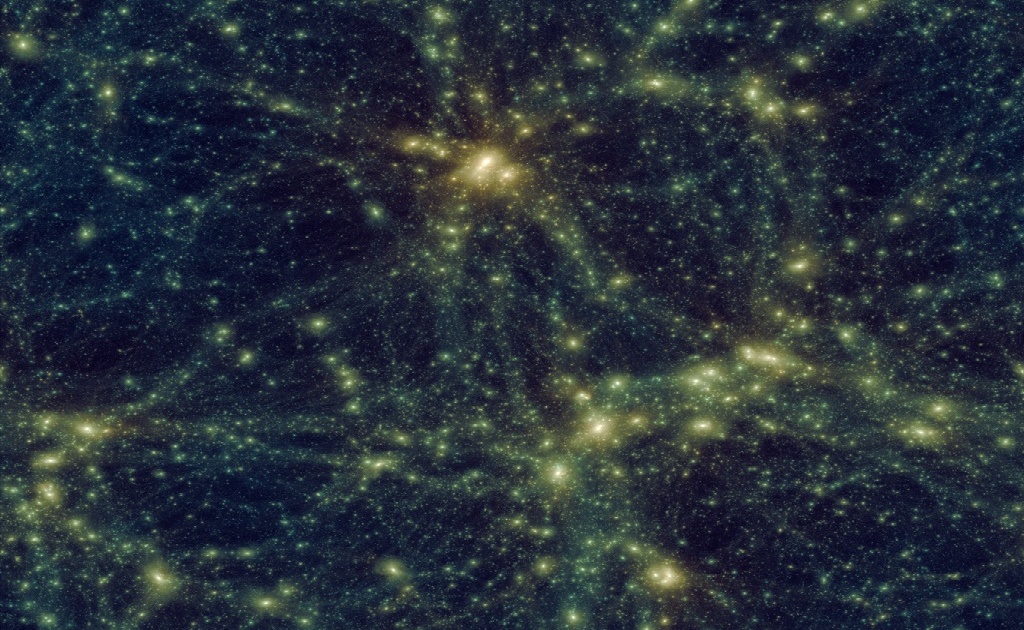
The big scientific data that Osho will generate will help astronomers understand the big data created by observing galaxies in the years to come.
If you want to explore the whole universe with your computer, now is your chance. An international team of researchers has created a completely virtual universe and made it available to everyone for free.
At 2.1 trillion “particles” and 9.6 billion light-years across in space, the so-called “peak” simulation was described by researchers as the most comprehensive and comprehensive of the universe.Scientific warning(ScienceAlert). This distance is 3/4 of the most distant galaxies found today.
Simulation of “Osho”, which means “space” in Japanese – is expected to allow researchers to study the evolution of the universe in scale, scale, and imagination.
Space and time travel engine
According to Center for Computational Astronomy (Center for Computational Astronomy) In Japan, “Osho” simulation focuses on the composition of the massive structures of the universe, in which the mysterious halo of dark matter is one of its most important pillars. This halo controls not only the formation of galaxies but also the fate of the entire universe.
These giant structures range in size from the largest galaxies to the smallest galaxies, so do not expect to find individual stars and planets in this hypothetical universe.
On the other hand, this simulation has a unique advantage compared to other virtual worlds created by researchers before, which is the ability to simulate the evolution of matter in the history of the universe, which is currently about 13.8 billion years from the Big Bang.
According to the researchers, “Osho” will be like a time machine and will direct virtual travel throughout the universe and at different times from its inception, stopping at every moment of its history and giving it a general view or focus on a small part of it, which will become an important tool for studying the universe.
The giant “Osho” is in your hands
A team of international researchers from Japan, Spain, USA, Argentina, Australia, Chile, France and Italy have developed Osho using ATERUI II, the world’s most powerful supercomputer dedicated to astronomy.
Despite the high capacity of this computer to process data, it took a full year to produce “Osho” using more than 40,000 central processing cores. Eventually, 3 petabytes of data was generated, which equates to about 900,000 photos from a 12-megapixel cell phone.
But you do not have to worry about downloading simulations to your PC or navigating this virtual universe via the internet. The research team summarized information about the formation and evolution of dark matter in the universe using high-performance computational techniques. For a “list” of only 100 terabytes
The publicly available version of this simulation is now available in the cloud The sky and the universe (Heavens and universes). Future versions are expected to include “lists” of virtual galaxies and gravitational lens maps, according to researchers.
Published by Analysts Simulation results In the September issue of the Royal Astronomical Society’s monthly issues, Osho’s big scientific data will help astronomers understand big data from observing galaxies in the years to come. Subaru telescope and Euclid space mission of the European Space Agency
More science

“Award-winning beer geek. Extreme coffeeaholic. Introvert. Avid travel specialist. Hipster-friendly communicator.”







